Complete Band Standing Rear Delt Row Exercise Guide
Learn everything about Band Standing Rear Delt Row exercise including proper form, muscles worked, benefits, variations, alternatives, and common mistakes to avoid.
Muscles Worked & Equipment
Primary Muscles
Secondary Muscles
Equipment Needed
Muscle Categories
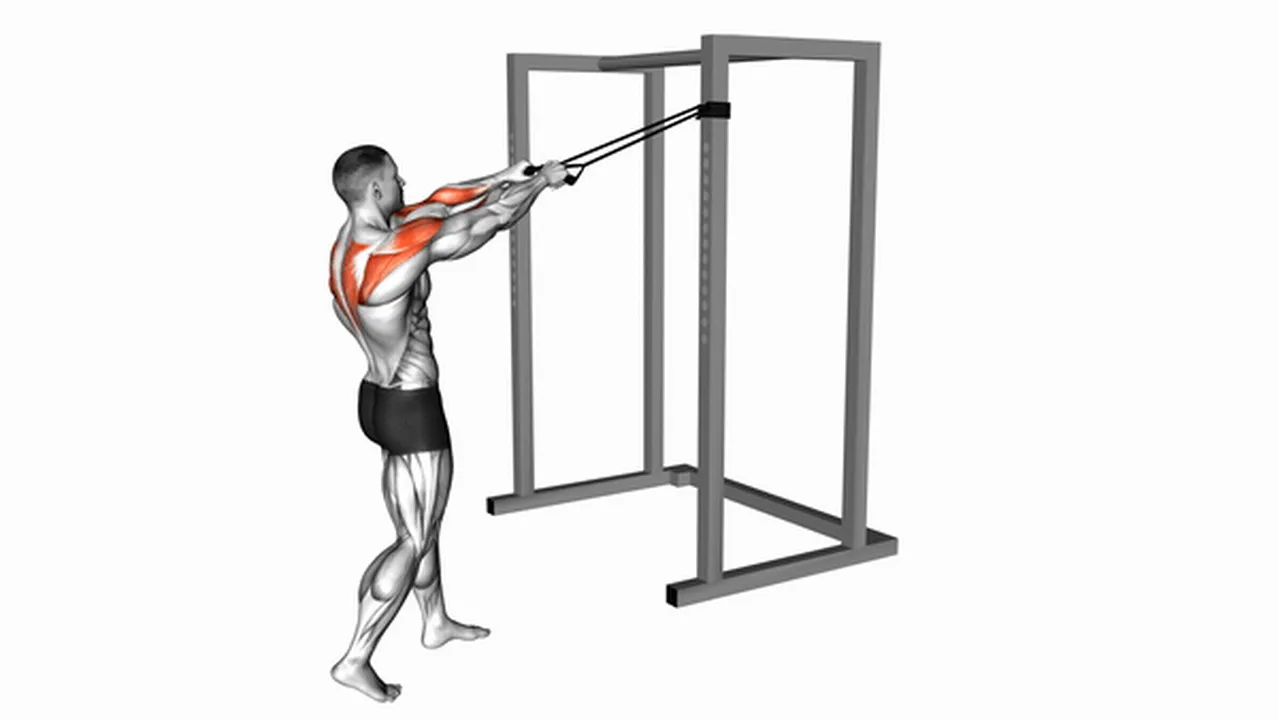
Introduction
1.
It helps build strong shoulders, which is important for good posture.
2.
Stronger shoulders also mean better balance and stability.
3.
This exercise helps prevent injuries caused by bad posture.
4.
It's a good exercise for everyone, whether you're just starting to work out or you're already experienced.
5.
This exercise strengthens your rear deltoids (the back of your shoulders) and your upper back muscles.
6.
Doing this exercise regularly can improve your overall upper body strength.
7.
Good posture is important for preventing back pain and looking your best.
 Zylo AI
Zylo AI
Free Calorie
Counter
App





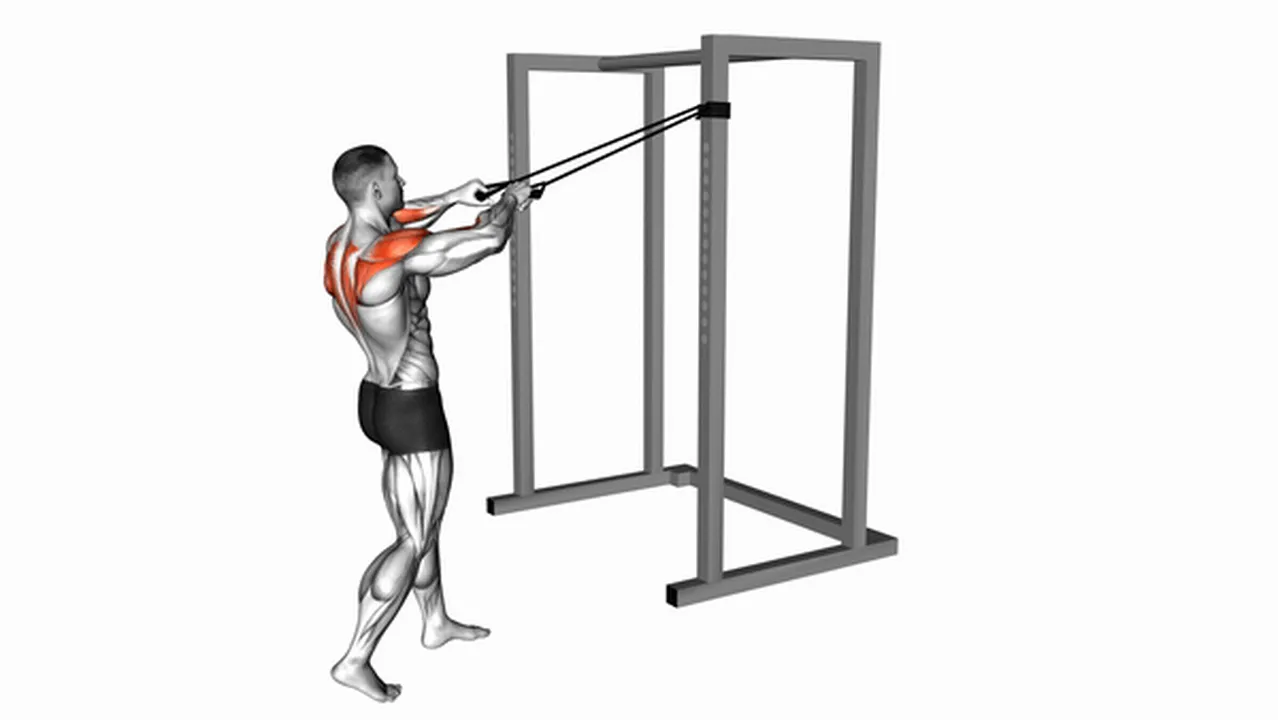
What are the benefits of Band Standing Rear Delt Rows?
1.
Improves your posture: Strengthening your rear shoulders helps pull your shoulders back, improving your posture and reducing slouching. This is especially helpful if you sit at a desk for long periods.
2.
Strengthens your upper back: This exercise also works the muscles in your upper back. A strong upper back is important for good posture, lifting things safely, and preventing injuries.
3.
Gentle on your joints: Using resistance bands instead of weights means less stress on your joints. This makes it a good exercise for people of all fitness levels, even those with joint pain.
4.
Easy to add to your workout: You can easily add this exercise to your regular workout routine. It doesn't require special equipment and can be done almost anywhere.
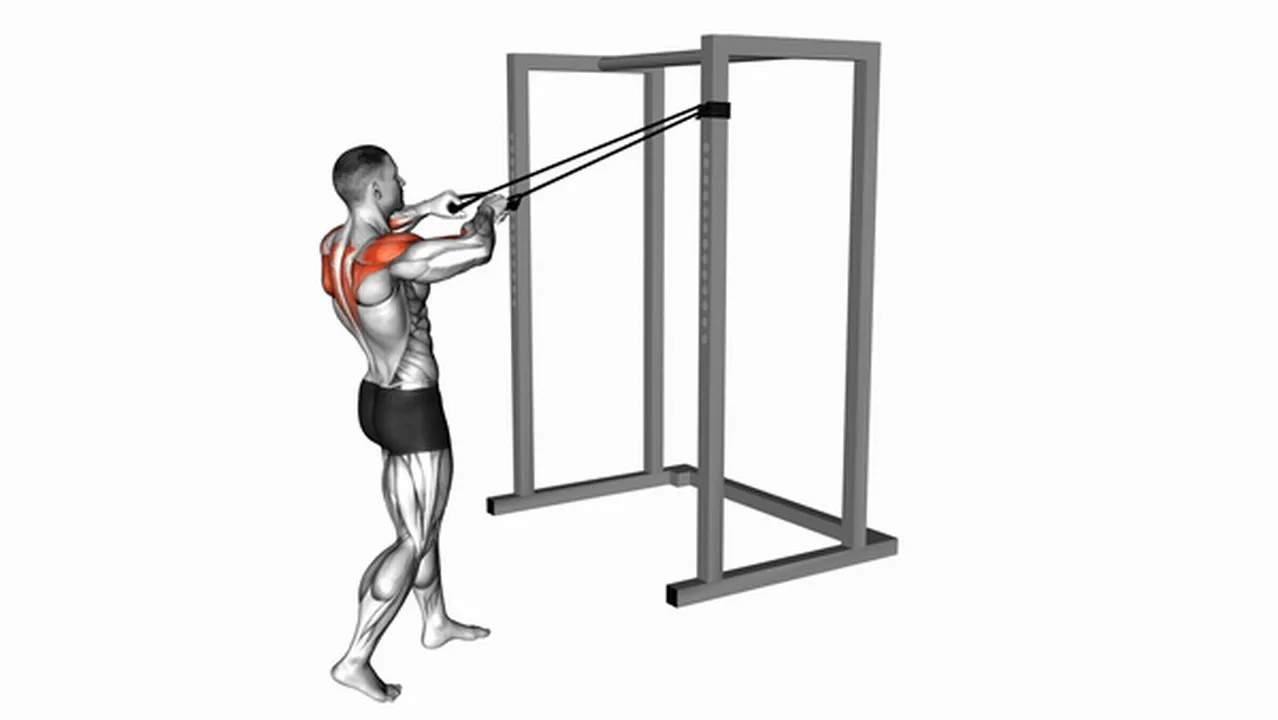
How to do Band Standing Rear Delt Rows?
1.
Hold the Band: Grab a handle in each hand, keeping your palms facing each other. Make sure you have a good grip.
2.
Find Your Stance: Place your feet about as wide apart as your shoulders. Step back from the anchor point until you feel the band pull gently.
3.
Start the Row: Bend your knees slightly. Keep your back straight and pull the band towards your chest. Imagine your elbows are leading the movement, pointing out to the sides.
4.
Squeeze at the Top: When your hands reach your chest, squeeze your shoulder blades together. You should feel your rear shoulder muscles working.
5.
Slowly Return: Let the band gently pull your arms back to the starting position. Don't just drop your arms; control the movement.
6.
Important Tip: Go slowly and focus on the feeling in your muscles. Don't rush through the exercise; quality is better than speed.
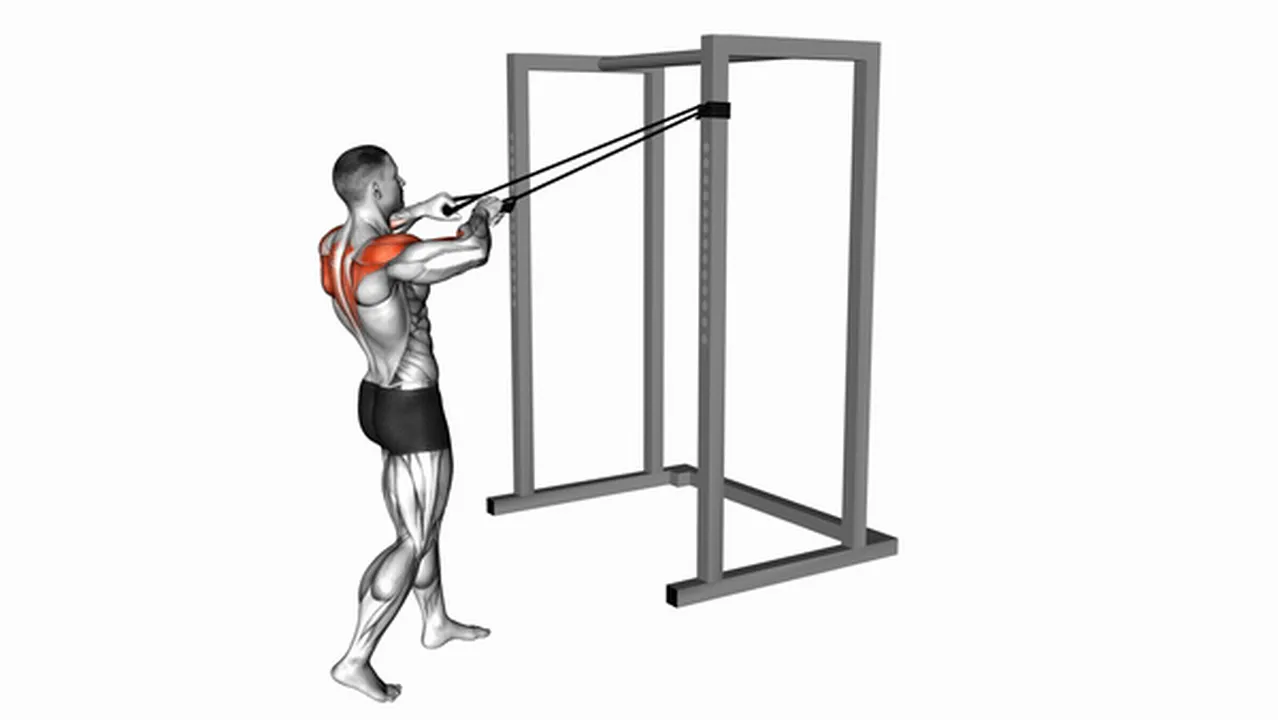
Common Band Standing Rear Delt Row variations
1.
Try these exercises instead, each offering a different way to strengthen this important muscle group:
2.
Dumbbell Rear Delt Row: This exercise uses dumbbells. You bend at your waist, keeping your back straight, and pull the weights towards your body. This helps build strength in your rear deltoids and upper back, improving shoulder stability and posture. It's good because you can control the weight and the movement feels natural.
3.
Cable Standing Rear Delt Row: This exercise uses a cable machine. The constant tension from the cable makes your muscles work harder throughout the entire movement, building endurance and strength. This is great for improving shoulder strength and stamina.
4.
Dumbbell Lying Rear Delt Row: This is done lying on an incline bench. Because you're lying down, you use less momentum and can focus on controlled movements, really targeting the rear deltoids and upper back. This is a good choice for improving form and minimizing the risk of injury.
5.
Remember to choose weights or resistance that challenges you without causing pain. Start with lighter weights and gradually increase as you get stronger.
6.
Always focus on proper form to avoid injury. If you're unsure about the correct technique, ask a trainer for guidance.
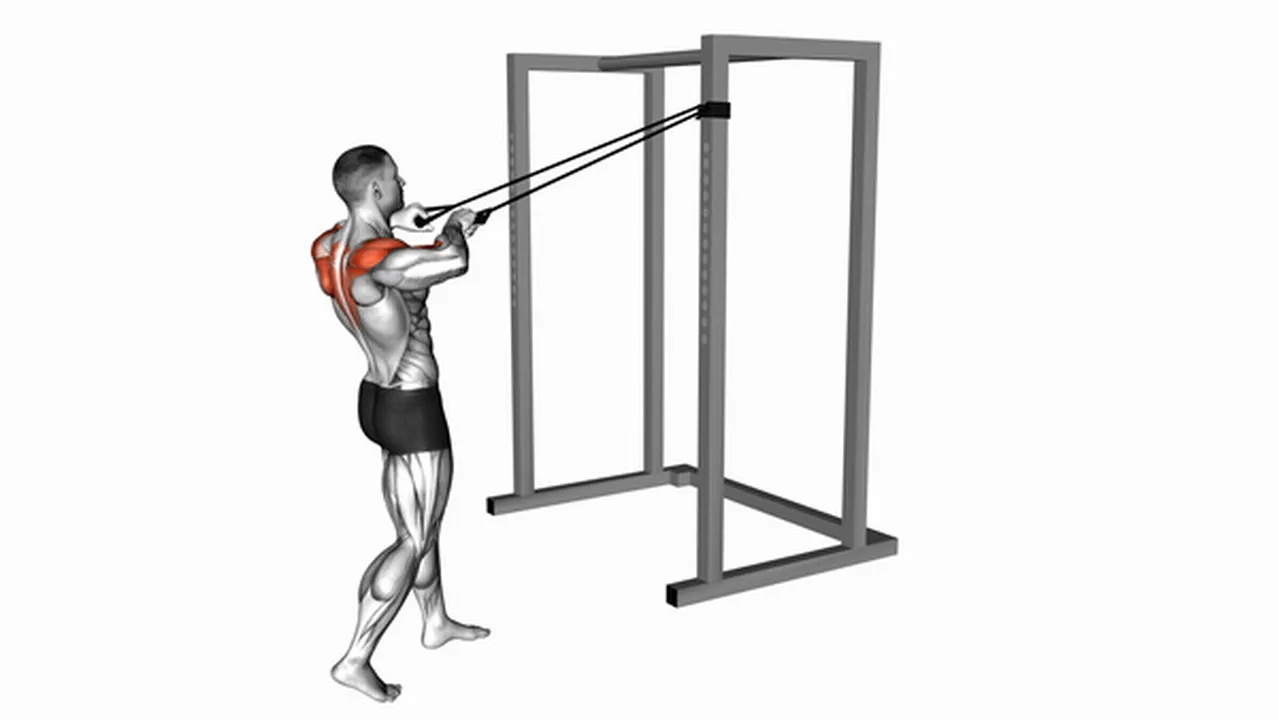
Alternatives to Band Standing Rear Delt Rows
1.
Cable Rear Delt Row: This uses a cable machine. The steady pull keeps your muscles working hard the whole time, helping you build strength and control. It's great for learning the right form.
2.
Dumbbell Rear Delt Row: Using dumbbells lets each arm work separately. This is good for fixing any strength differences between your left and right sides. You can also move your arms in a bigger range of motion.
3.
Dumbbell Lying Rear Delt Row: Lie on a slightly slanted bench to do this one. Because you're lying down, it's harder to cheat by using momentum. This really focuses on your shoulder muscles and helps them get stronger and more stable.
4.
All these exercises work your rear deltoids (the back of your shoulders) and upper back muscles. Stronger muscles in these areas improve your posture and help keep your shoulders healthy.
 Zylo AI
Zylo AI
Free Calorie
Counter
App





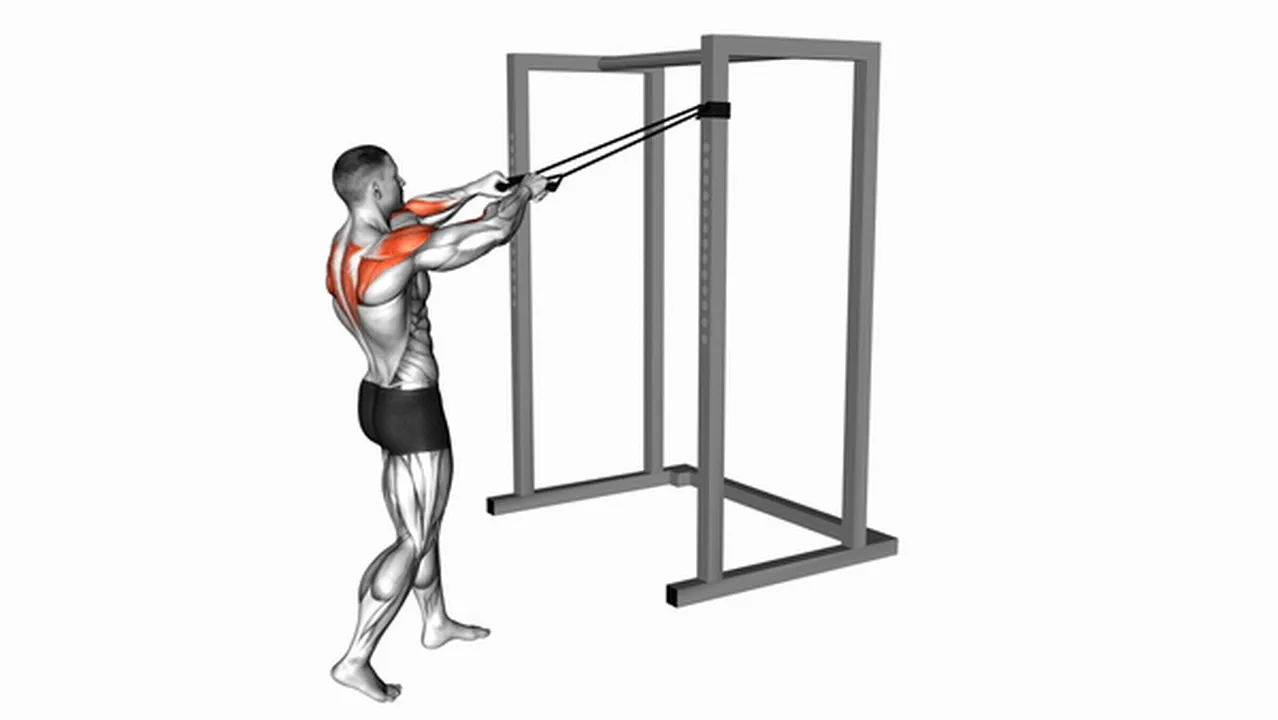
Common mistakes during Band Standing Rear Delt Rows
1.
Mistake 1: Using Momentum. Don't swing your arms! Control the movement using your back muscles. Imagine slowly pulling the band towards your body, feeling the work in your back. Swinging uses other muscles and reduces the benefits for your rear deltoids.
2.
Mistake 2: Poor Posture. Keep your back straight and your tummy muscles tight throughout the exercise. Avoid leaning too far forward; this puts extra stress on your lower back and makes the exercise less effective for your shoulders.
3.
Mistake 3: Forgetting the Squeeze. At the end of each pull, squeeze your shoulder blades together. This really works your upper back muscles and makes the exercise much more effective. Hold this squeeze for a second before slowly letting the band return to the starting position.
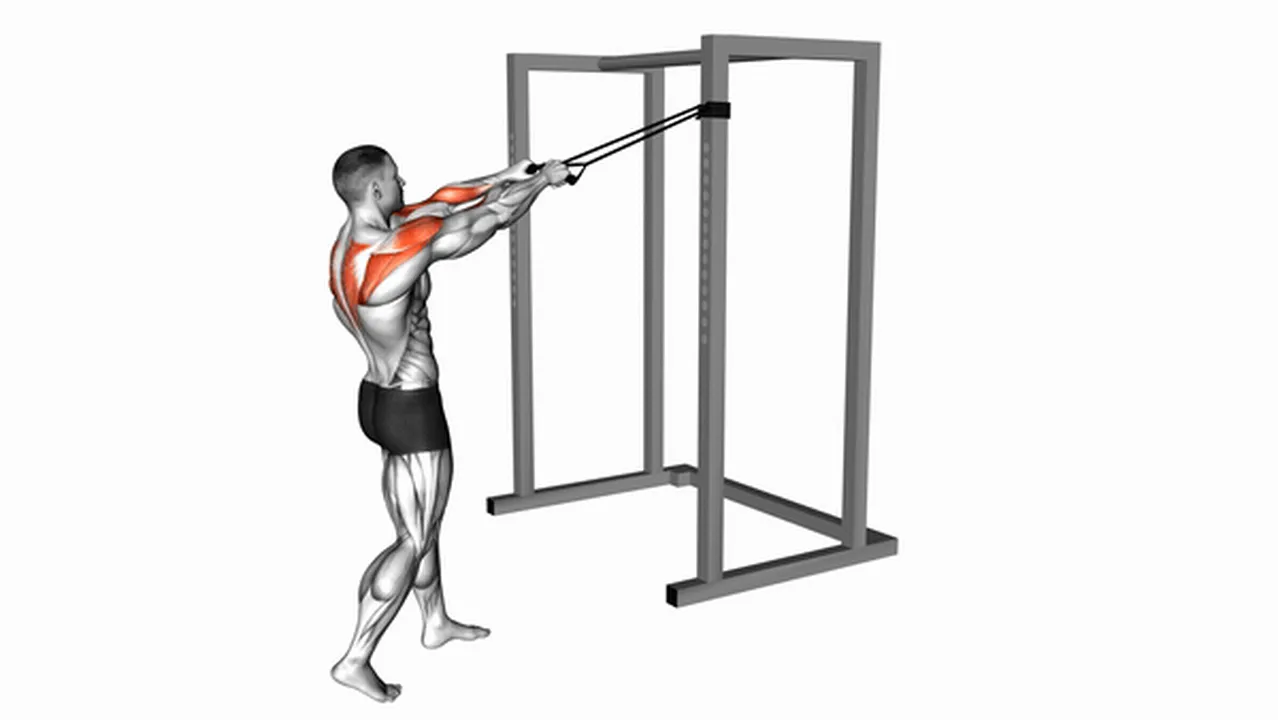
Takeaway
1.
Improved shoulder stability: This exercise helps your shoulders stay steady and reduces the risk of injuries.
2.
Correct form is key: Doing the exercise correctly is very important to get the benefits and avoid hurting yourself. Make sure your back is straight, your core is engaged, and you're pulling the band towards your waist, not your chest.
3.
Avoid common mistakes: Many people hunch their back or use too much weight. Keep your back straight and choose a resistance band that challenges you without causing poor form.
4.
Start slowly: Begin with lighter resistance bands and focus on mastering the correct movement before increasing the weight. A few sets of 10-12 repetitions is a good starting point.
5.
Listen to your body: If you feel any pain, stop immediately. Rest and consult a doctor or physical therapist if needed.
6.
Add it to your workout: Include this exercise in your regular workout routine for best results. You can do it 1-2 times a week.
7.
See a professional: If you are unsure about the correct form, consider working with a trainer to learn the exercise properly. They can guide you and correct any mistakes.
 Zylo AI
Zylo AI
Free Calorie
Counter
App





Disclaimer: The routines and schedules featured on our website are for informational purposes only and do not constitute medical or professional advice. Individual preferences, goals, and daily routines may vary significantly. Please note that some product links within our content are affiliate links. While not all routines have been explicitly endorsed by the individuals mentioned, we strive to ensure the accuracy and timeliness of the information we provide.
Disclaimer: Zylo AI(BR) does not provide medical advice, diagnosis, or treatment. Any information published on this website or by this brand is not intended as a replacement for medical advice. Always consult a qualified health or mental health professional with any questions or concerns about your mental health.
